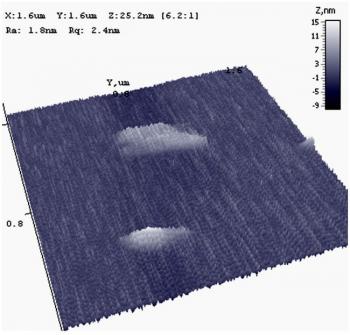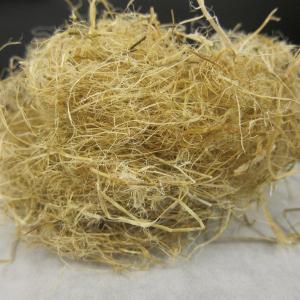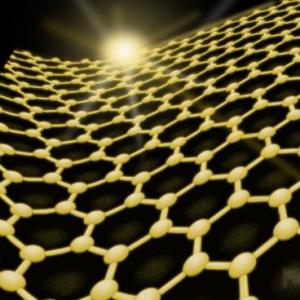Graphene Platform, CGP and Nissha Printing to co-develop devices based on CGP's graphene ink
 Graphene platform, Cambridge Graphene Platform (CGP) and Nissha Printing will co-develop new electronic devices based on CGP s graphene ink technology. This alliance is expected to last three years.
Graphene platform, Cambridge Graphene Platform (CGP) and Nissha Printing will co-develop new electronic devices based on CGP s graphene ink technology. This alliance is expected to last three years.
Nissha will contribute its own printing technology to help develop CGP's inks. The company hopes to apply those new inks in the field of printed electronics. CGP and Graphene Platform will develop the inks themselves (graphene inks and other nanomaterials too) and will provide advice and consulting to Nissha.






